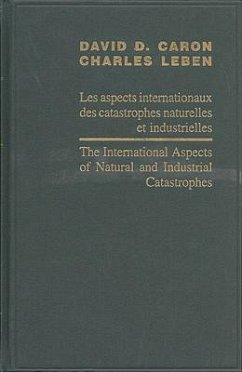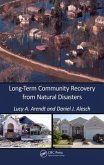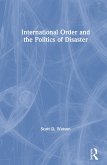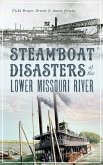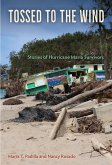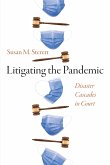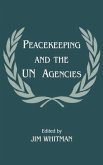The Academy Curatorium's choice to focus the 1995 Research Centre on catastrophes was without doubt prompted by the United Nations General Assembly's unwittingly apposite designation of the 1990s as `the International Decade for Natural Disaster Reduction'. The depth and persistence of the suffering and waste surrounding disasters is evident in the very slow progress made over the past decade. But to say it is slow is not to say there is none. Rather, it is to say that, as with many things important, the task of confronting the challenges posed by natural and man-made catastrophes will be a continuous one in which progress is measured in the individuals saved, the biodiversity protected, and the economic waste prevented. The articles in this volume are divided into four parts. In the Introduction Professor Caron examines why the subject of catastrophes has been a particularly difficult one for the international community to address, while Professor Leben attempts to outline what an international catastrophe law might be. In Part I, five chapters chart the edges of the subject by addressing a series of catastrophes that challenge both our sense of catastrophe and the applicable law: the global ecological crisis, environmental refugees, populations displaced as a consequence of violence, famine and the AIDS virus (the full scale of the BSE crisis had not emerged at the time). In Part II, a further five chapters look to the functional dimensions in which the international community has responded to the challenges posed by catastrophes of all types: the duty on States to inform one another of the existence or risk of catastrophe, and the institutionalization of that duty; the duty on States to prevent catastrophe and corollaries of that duty such as the provision of material and technological assistance; the international organization of disaster response particularly within the United Nations family of organizations; the international organization of emergency response and the international facilitation of the work of non-governmental organizations. Finally, in Part III, four chapters address the aftermath of catastrophe: the responsibility of States for industrial and natural catastrophes; emerging patterns in the elaboration of State responsibility in conventional régimes; the scope of damages in the context of disasters; and the liability of States for disasters involving acts not prohibited by international law. Originally published as Colloques / Workshops - Law Books of the Academy, Volume 21.

